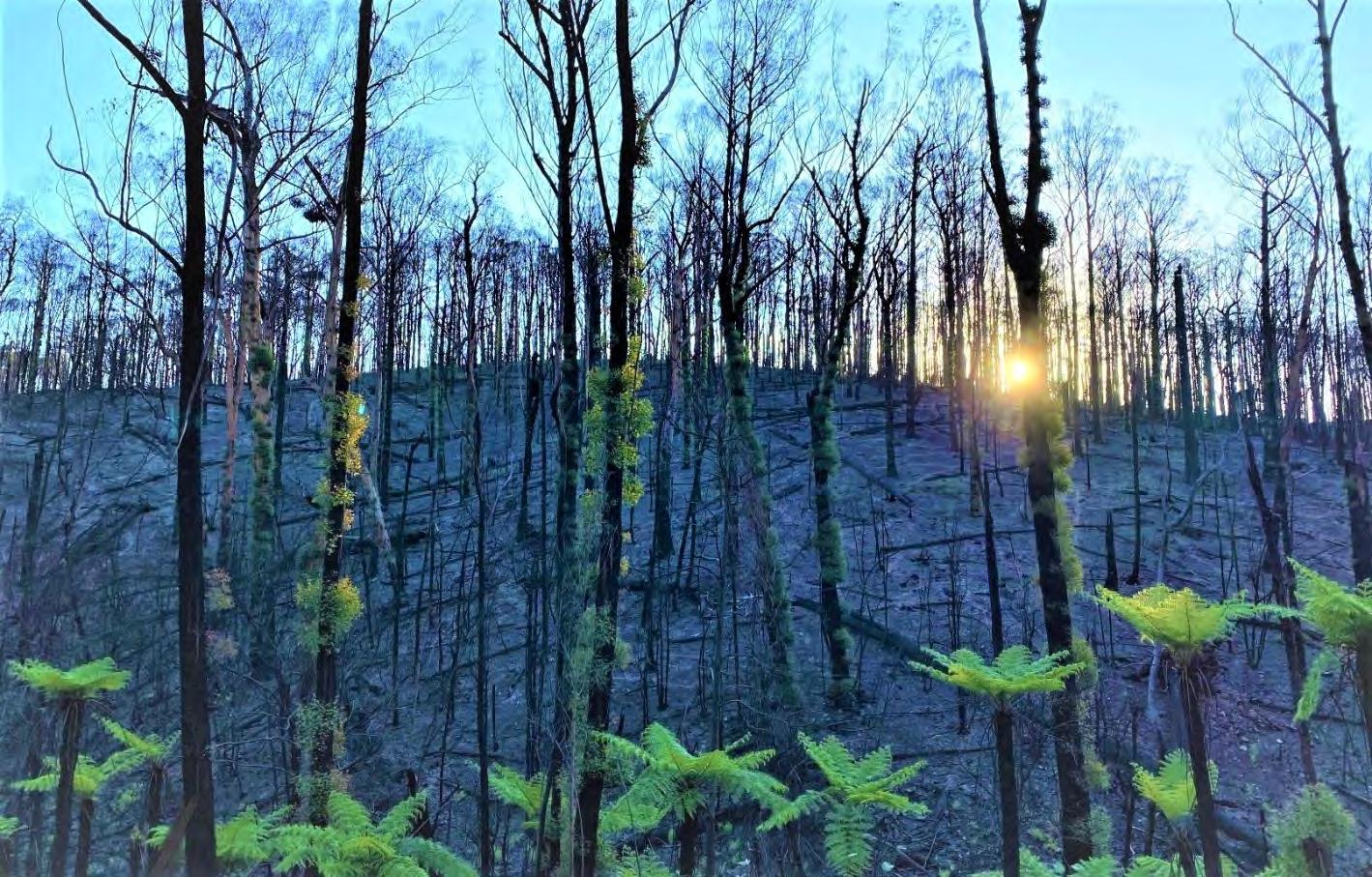
1 minute read
Land and fuel management
Land and fuel management remains a contested and divisive issue in Victoria. This is despite a succession of investigations (including by IGEM) into its efficacy as a method of reducing bushfire risk, its effects on the environment and the community.
At one end of the scale are those who believe that regular and repeated planned burning will reduce or eliminate uncontrollable bushfires. At the other end are those who favour total exclusion of fire from the landscape. While planned burning (and other fuel management techniques) can alter fuel loads, it must be carefully applied to reduce the risk of bushfire. Even with an extensive fuel management program, bushfire risk remains and increases as the vegetation regrows. Many forest types will readily carry fire within a couple of years at which point they cannot simply be reburned without environmental consequences. The total exclusion of fire from an environment which is uniquely adaptive to – and for some species dependent upon for regeneration – is equally at odds with sound management of Victoria’s altered 21st century landscape. Fuel management plays an important role in bushfire management; however, it is not a silver bullet. The extent to which it is effective and whether this effectiveness is measurable is limited by some key barriers identified in this Inquiry.
The complex legislative environment limits the delivery of a holistic, cross-tenure program by agencies, stakeholders and individuals working in partnership. This does not provide a strong foundation for other key processes and leads to a lack of consistent and measurable fuel management objectives across public and private land. It also contributes to variability in planning and monitoring, evaluation and reporting practices across land managers and fire agencies. Accountability was another strong area of concern with roadside fuel management demonstrating the complexity of arrangements and how this can lead to inconsistencies and devolved responsibility. Community dissatisfaction with the current fuel management practices on public land highlighted a desire to use alternative approaches including mechanical treatment to reduce smoke effects and overcome the small burn ‘window of opportunity’. There was also significant interest in facilitating opportunities for Traditional Owners to care for Country through increased cultural burning.










